Planting zucchini in open ground
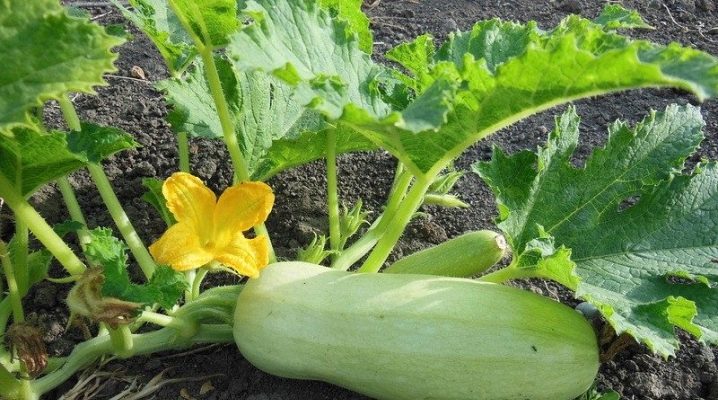
Zucchini is a popular vegetable among Russian summer residents, from which the famous zucchini caviar and many other delicious dietary dishes are prepared. But before pampering yourself and your loved ones with squash pancakes and casseroles, you need to figure out how to properly grow this vegetable. This article will focus on planting zucchini in open ground.
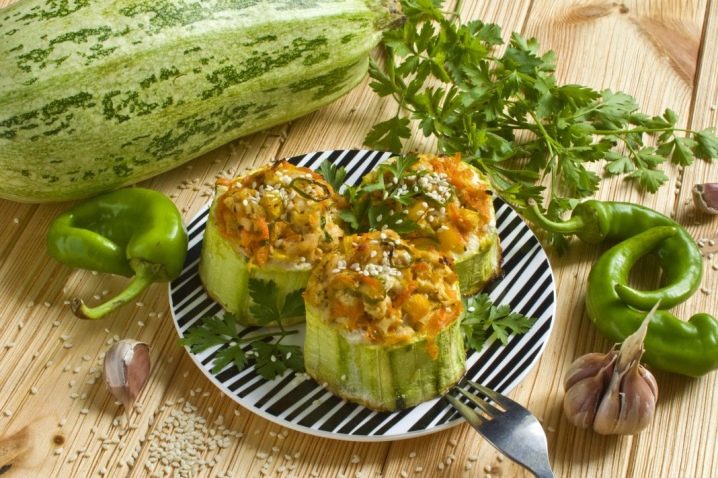
Timing
The homeland of these mouth-watering fruits is hot Mexico. Accordingly, planting zucchini in open ground should be carried out at a time when the period of frost has definitely passed. In warm southern regions, you can do this in the spring, in mid-April, and in the Urals, Siberia and in the middle lane - at the end of May or in June. For greater accuracy, many summer residents prefer to calculate favorable days for sowing according to the lunar calendar.
This method is not scientific, but it is quite effective and has been tested by many generations.
Zucchini ripen quickly: the first crop can be harvested 1-1.5 months after planting seedlings or seeds. With proper care, the plant bears fruit for a long time, until October. The last zucchini are removed from the garden just before the onset of cold weather.
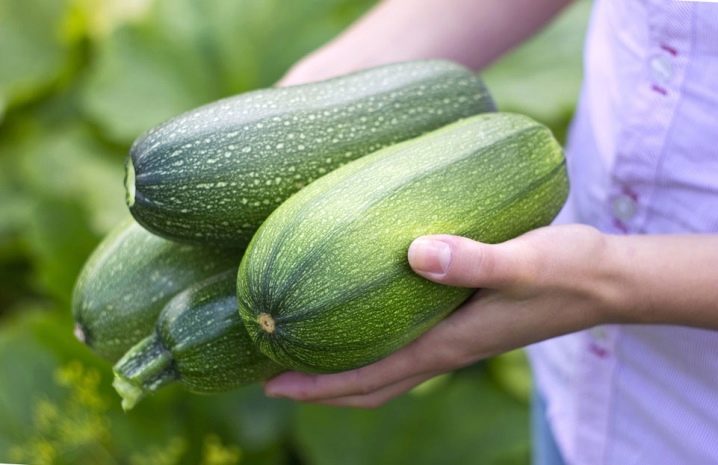
Where is it better to plant?
The zucchini growing area should be open and sunny. In insufficient light, flowering slows down, and the fruits grow very tiny - only 2-3 centimeters in length.
Also, when choosing a site for zucchini, it is important to take into account the principle of crop rotation. This plant has a powerful root system that takes a lot of nutrients from the soil, so squash should not be planted in the same place several times in a row. Zucchini feel most comfortable in areas where tomatoes, cabbage, eggplant, potatoes, garlic, onions or legumes grew last year. But in the place where there were cucumbers, pumpkins, watermelons and melons, it is better to plant something else.
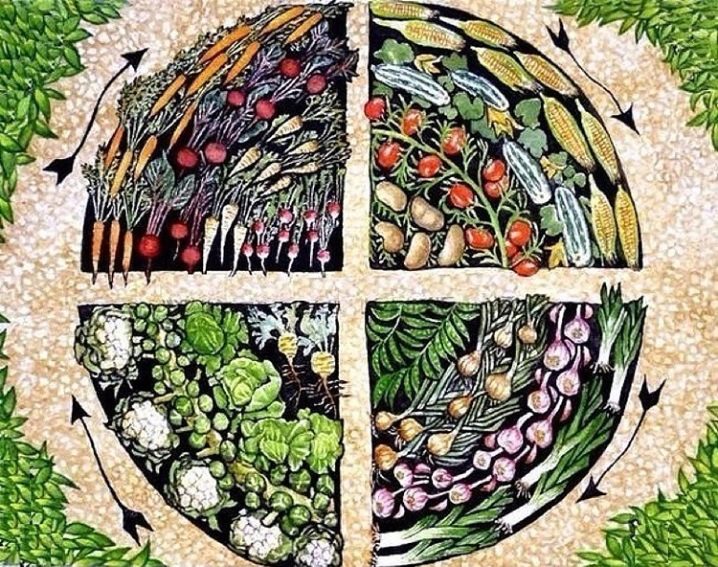
Garden bed preparation
Zucchini beds have been prepared since autumn... First, you need to free the land from the remnants of previous plants. After 7-10 days, the soil is dug to a depth of 20-30 cm in order to saturate it with oxygen and destroy weeds. In this case, the clods of earth must be left unbroken. Next, you need to fertilize the future beds. For this, organic fertilizers (compost, manure, chicken droppings) are used in combination with mineral fertilizers: potassium sulfate, superphosphates. Wood ash will do, too. It contains dozens of chemical elements useful for plants, including potassium, calcium, phosphorus, sodium and silicon.
Zucchini, like all plants from the pumpkin family, loves fertile soils with neutral acidity. If the land on the site is too acidic, you need to level it with liming, distributing 200-400 g of lime per 1 square meter.
However, lime and organics cannot be used together. In this case, it is better to fertilize in the spring.
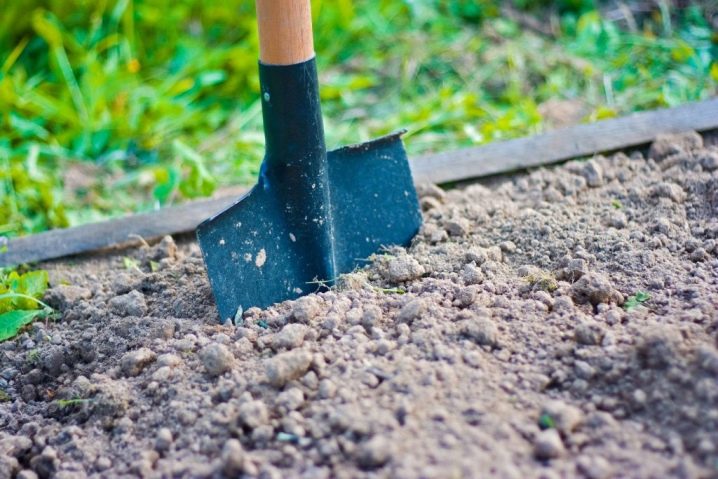
With the onset of warmth, the earth is dug up to a quarter of the depth of the autumn digging and organic and mineral fertilizers are again applied. Forming the beds, they make ridges 20-30 cm high and one meter wide. The northern sides of the ridges should be steep, and the southern ones should be gentle, so that the beds are better warmed up in the sun.
Since zucchini is a southern crop, it is most efficient to grow them in insulated beds. To make such a bed with your own hands, you need to dig a groove 30-40 cm long, fill it with compost and fill it with earth with a slide on top.If the region is cold, you can additionally insulate each planting hole. To do this, you need to dig holes 30 cm deep, fill them with plant residues, cover them with earth, forming mounds of 15 cm, and form holes at the tops of the mounds.
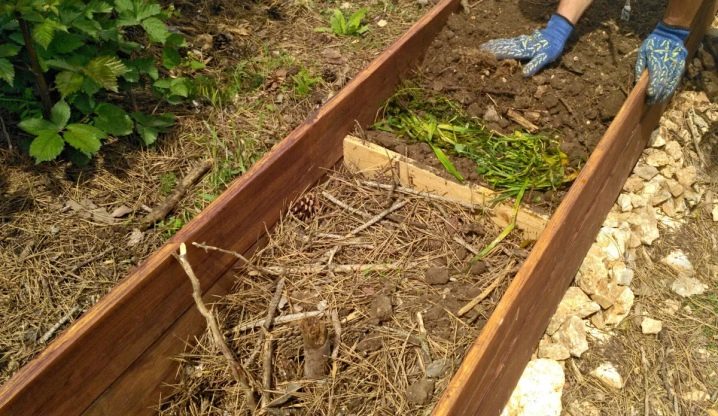
How to prepare planting material?
The first step is to disinfect the seeds, especially if they were collected on their own. To do this, the seeds are soaked in a saturated 1% solution of potassium permanganate for 20 minutes, and then washed and placed on warm, damp gauze or cotton wool.
As soon as the seeds swell, they are frozen at a temperature of 0 degrees for two days, after which they are warmed up in the sun for a week. Then germinate in gauze. After pecking the root, the seeds are transplanted into small containers for seedlings or, if the temperature outside is warm enough (+12 and above), they are placed immediately in open ground.

It is best to use peat pots. They are made from environmentally friendly biodegradable material, so that the plants can be transplanted into the garden directly in the cup, without fear of damaging the delicate roots during transportation.
You can buy seedling potting soil at the store, or you can prepare it yourself. To do this, you need to take 1 part of sawdust, 2 parts of ash and compost, as well as 6 parts of peat, mix thoroughly and fertilize with ammonium nitrate and potassium sulfate. The soil is disinfected in advance with potassium permanganate or calcined in the oven. Before planting the seeds, it should be slightly warm, loose and well moisturized.
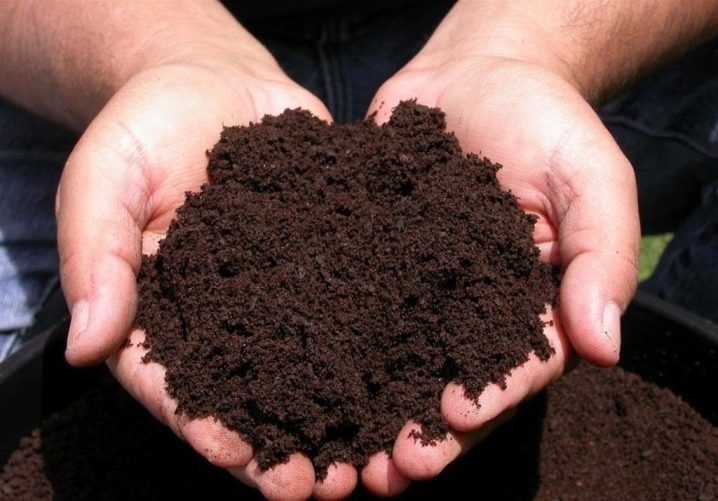
How to plant correctly?
It is recommended to plant planting material in the ground in cloudy weather, early in the morning or in the evening, closer to sunset. This can be done in two ways: by seeds or seedlings. Each method has its own rules and characteristics.
Seeds
Planting seeds is carried out only when the first 10 centimeters of the soil warms up to +13, and the temperature at night will stay above +7... To preserve heat, you can cover the beds with agrofibre or make a mini-greenhouse for each hole from a cut plastic bottle.
If the soil on the site is moist enough, the seeds are sown not too deeply, 3-4 centimeters, and if normal, then placed at a depth of at least 7 cm.The distance between plantings should be about 50 cm... Put two seeds in one hole. As soon as the first leaf appears, the more frail sprout is removed.
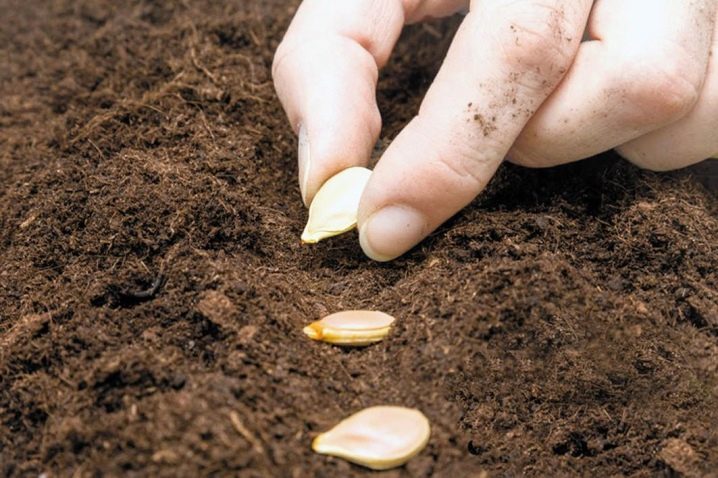
Seedlings
A week before transplanting, the seedlings are hardened. To do this, in the daytime, the pots with seedlings are taken out into the fresh air, starting from 1-2 hours and gradually increasing the "walk" time. Seedlings are fertilized twice: at the beginning of development and 5-6 days before moving to the garden. To do this, use a solution of manure (1:15) or purchased formulations like "Kemira Lux".
The picking of seedlings is done directly with the earth from the container. In this case, the distance between seedlings should be slightly larger than in the case of seeds - 60-70 cm.
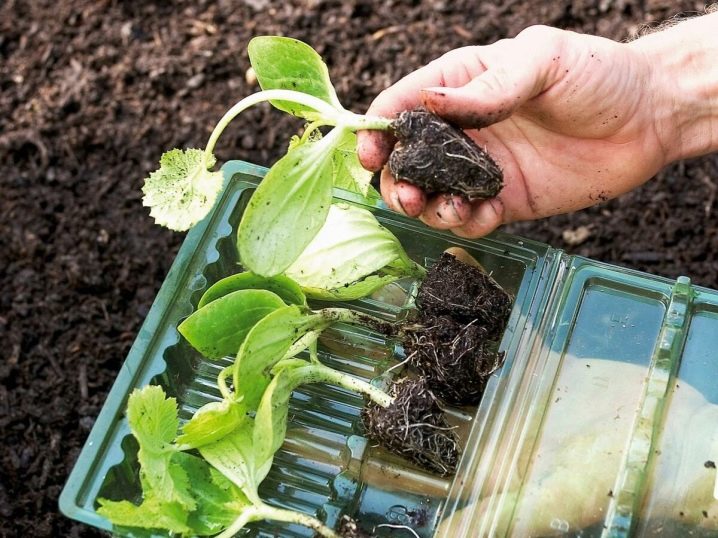
It is necessary to transplant sprouts into moist, loose and well-fertilized soil to a depth of 5-6 cm. After transplanting, the soil is leveled under the root, watered and mulched with sawdust or hay. To avoid heat loss, the seedlings must be covered with foil.
Novice summer residents often have such a problem as overgrown seedlings. You can correct this oversight by carefully folding the stalk into a loop and sprinkling it on top with a layer of earth. Or, the holes are dug a little deeper than usual, and the shoots are immersed in the ground to the cotyledon leaves at an angle of 45 degrees.
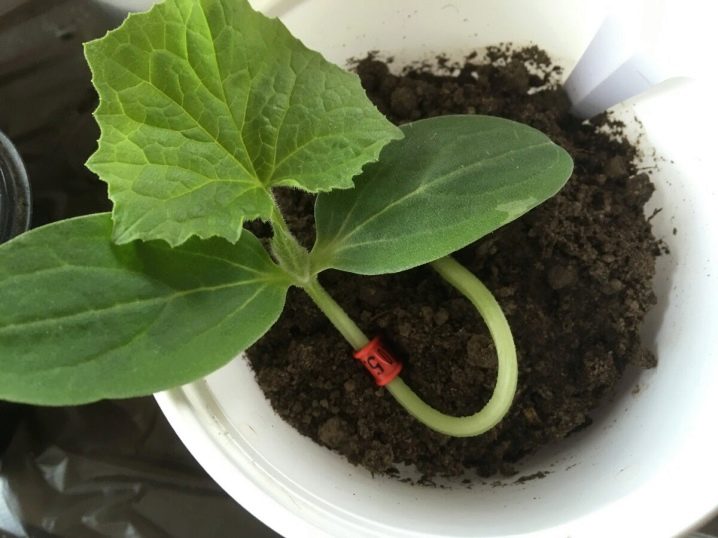
Follow-up care
Zucchini are unpretentious plants. All they need is warmth and regular, moderate watering. However, their cultivation includes several subtleties.
Watering after planting seeds / seedlings in open ground should be carried out only with warm (at least 22 degrees) water. Otherwise, the ovaries on the stem will start to rot. You need to water the plant at the root, avoiding moisture on the leaves.Before flowering, watering is carried out once a week, during fruiting - two to three times a week.
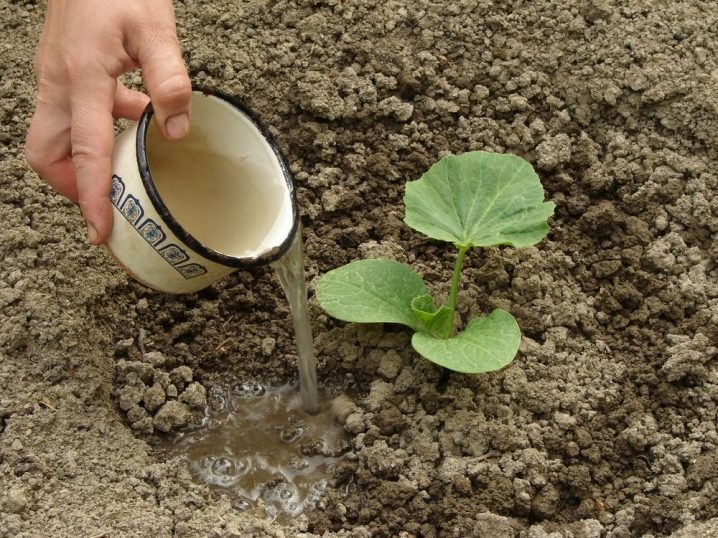
It is necessary to loosen the soil where the zucchini grows very carefully, since pumpkin crops have extremely delicate roots that lie close to the surface.
The complexity is also the fact that the ground is covered by the shoots of the plant. This problem can be prevented by timely mulching the soil with a mixture of peat, sawdust and humus.
To provide the bushes with access to the sun, the largest lower leaves are removed from time to time. In addition, as soon as the first inflorescences begin to appear, the zucchini are pinched, that is, the upper part of the young shoots is removed. This is done so that, after removing the growth point, the plant begins to form new strong shoots and brings more harvest.
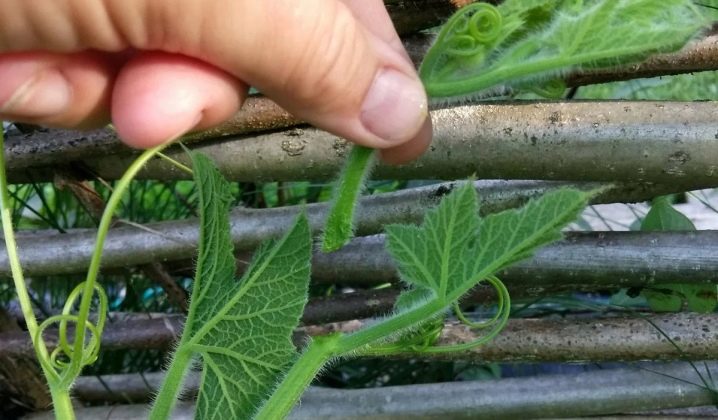
It is impossible to grow large, beautiful and healthy fruits without proper feeding. The first feeding is carried out two weeks after planting the material in the ground. This is done with the preparations "Effecton" or "Agricola". The second feeding is carried out at the beginning of flowering with a solution of cow dung or Forward.
And, finally, for the third time, zucchini are fed with the "Bud" preparation or the liquid humic fertilizer "Peter Pit" during the period of active fruiting. All fertilizing is carried out after watering.
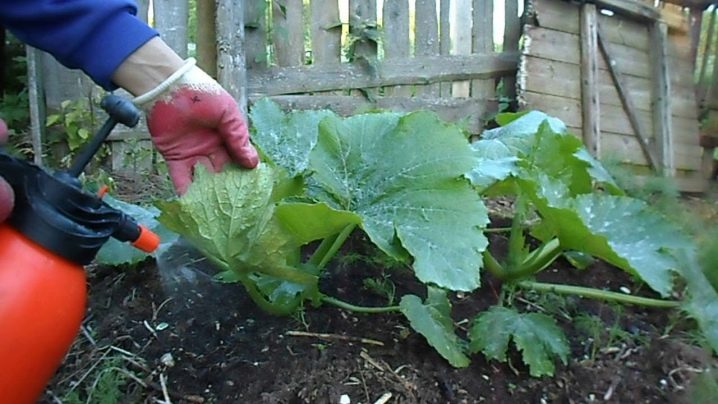
To attract pollinating insects, zucchini can be sprayed with sweet water. Planting nasturtiums, calendula and marigolds next to the beds is a good idea. Besides attracting bees, these flowers will also repel pests. You can also replace flowers with fragrant herbs: mint, lemon balm, borago.
Planting zucchini in open ground has its own difficulties. Errors in this matter can not only reduce the amount of the crop, but also completely ruin it. But if you listen to the recommendations of experts and know how to sow seeds, how to plant seedlings and take care of plants, then even a beginner will cope with the work.
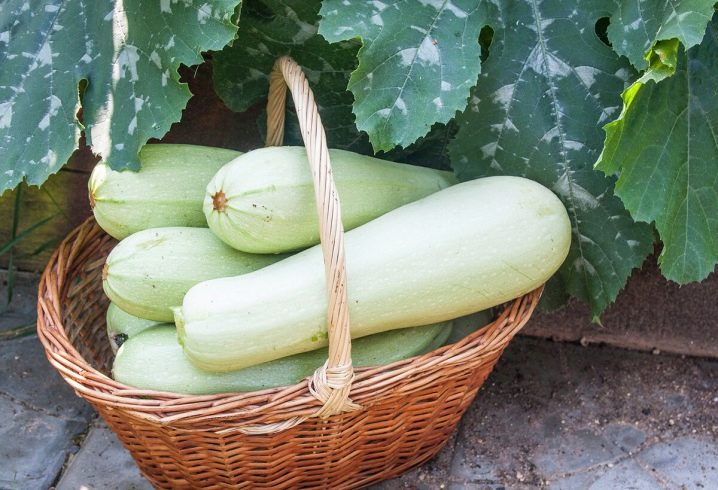













The comment was sent successfully.